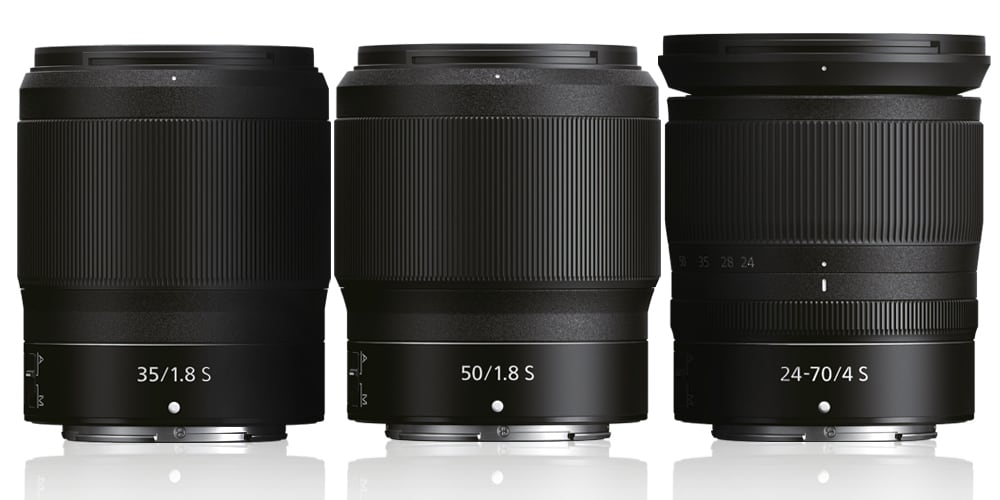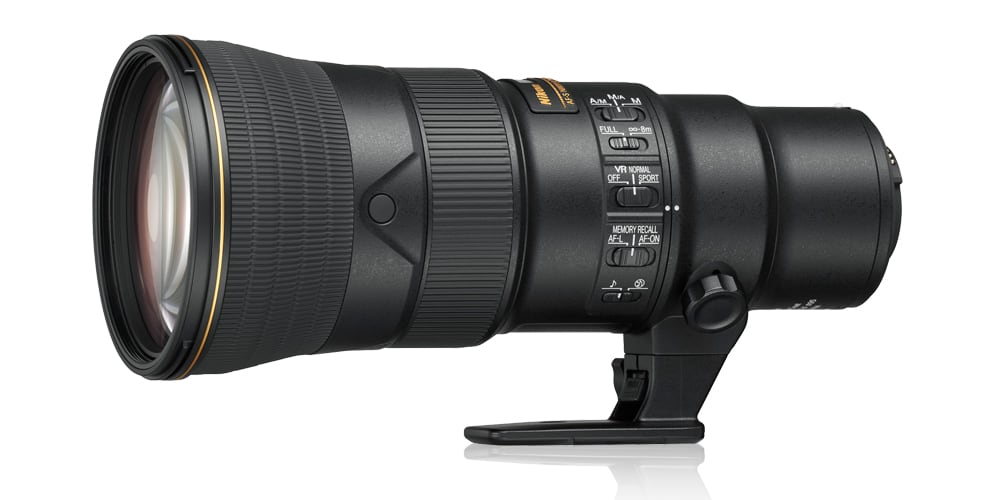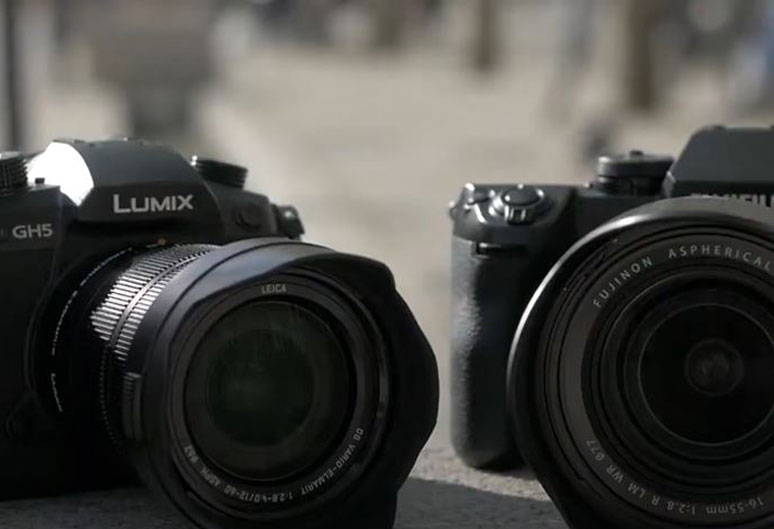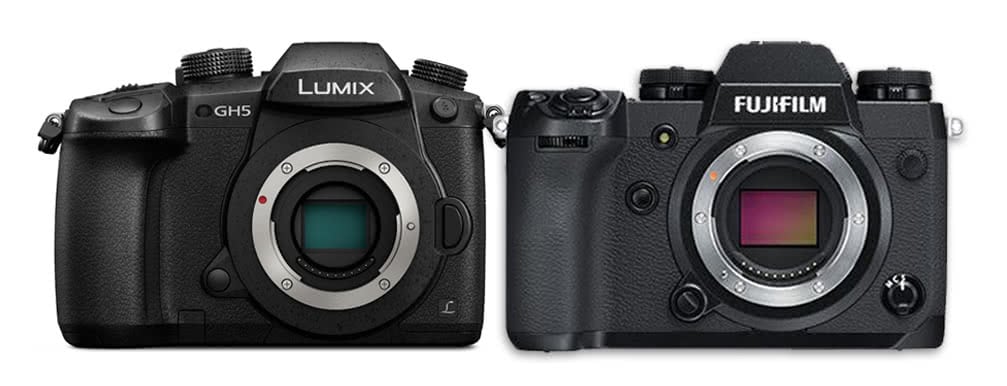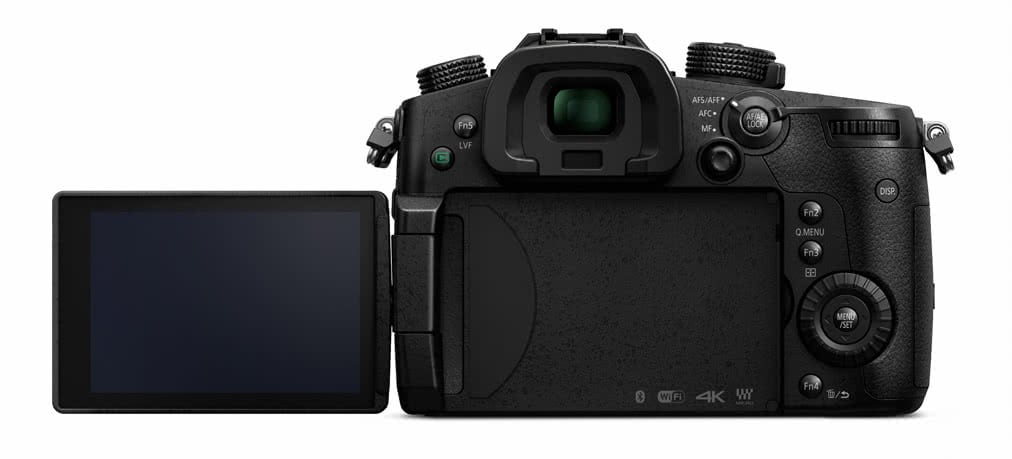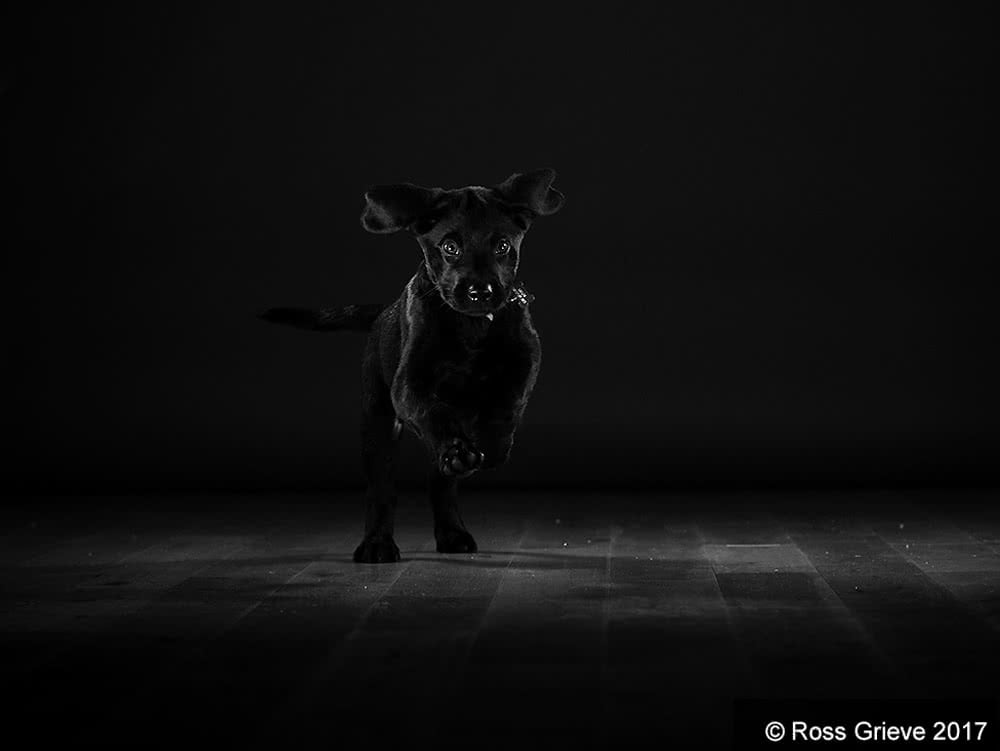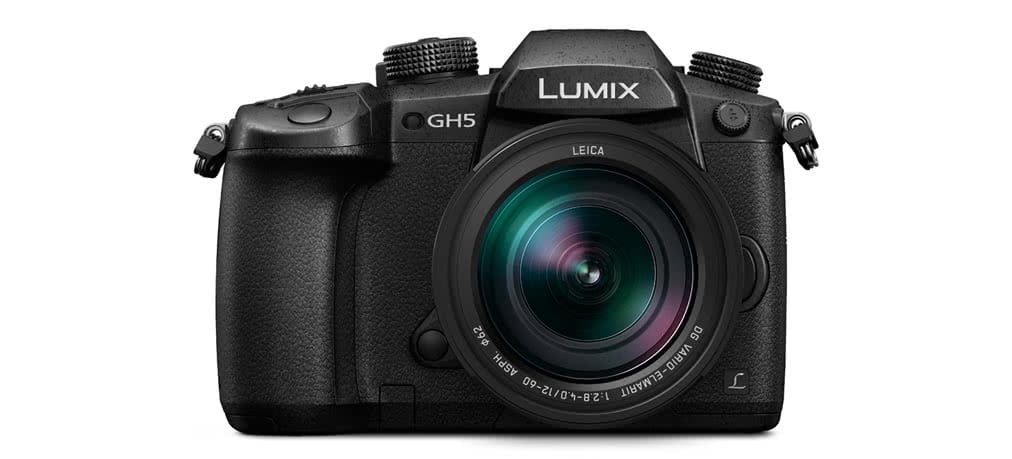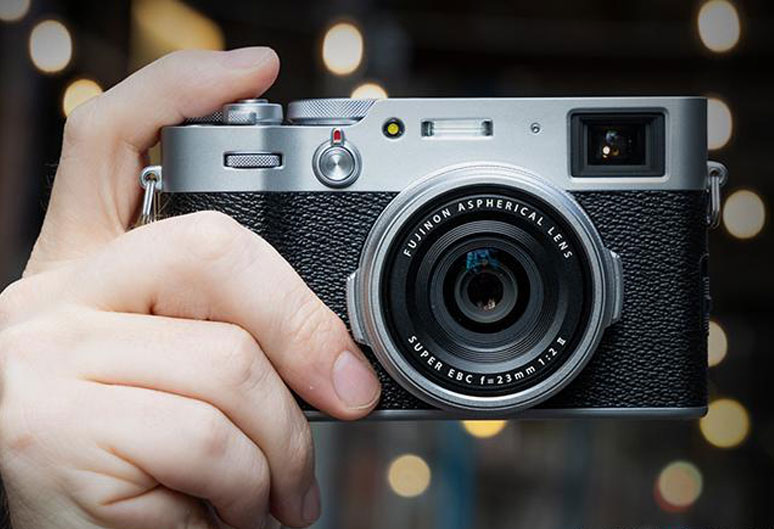The Fujifilm X-T3 features a new X-Trans CMOS 4 sensor and X-Processor 4 image processing engine for the delivery of outstanding stills and video. Is this the moment to switch to mirrorless?
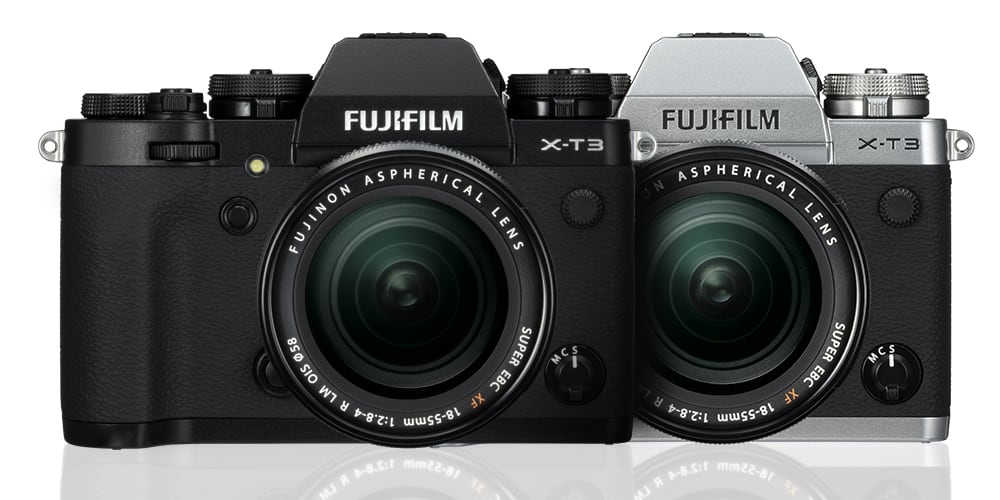
Fujifilm has officially announced the new X-T3. The APS-C mirrorless camera boasts superb image quality and an enhanced ability to track a moving subject – AF performance has been significantly improved and the electronic shutter is capable of up to 30fps blackout-free burst shooting. The X-T3 is also the world’s first APS-C mirrorless camera that can record internal 10-bit 4K video at 60fps.
Main features
– The combined might of the X-T3’s X-Trans CMOS 4 sensor and X-Processor 4 is set to deliver superb image quality and the fastest processing in X-Series history.
– The X-T3’s X-Trans CMOS 4 sensor boasts four times the number of phase detection pixels than the camera’s predecessor (the X-T2). This has increased the phase detection AF area to cover approximately 100% of the frame.
– The X-T3’s electronic shutter is capable of blackout-free continuous shooting at up to 30fps. The mechanical shutter is capable of continuous shooting at 11fps (without the vertical grip).
– Improvements have been made to the mirrorless camera’s low-light performance. The X-T3’s native ISO range is 160-12,800 and its low-light AF limit is -3EV.
– Enhanced viewfinder performance should improve the user’s ability to track a moving subject. The new Sports Finder mode is targeted towards action photographers by capturing a 1.25x crop, marked on the rear LCD or EVF. The larger field of view is intended to aid the manual tracking of a subject, while also decreasing the blackout time.
– The X-T3 can capture 4K at 60fps in 10-bit 4:2:0 internal SD card recording and 4K at 60fps in 10-bit 4:2:2 HDMI output (both can be filmed at the same time). Supported video formats include the widely-used MPEG-4 AVC and HEVC for greater data compression.
*As of September 6, 2018, according to FUJIFILM data
Vertical Power Booster Battery Grip VPB-XT3 (designed specifically for the X-T3)
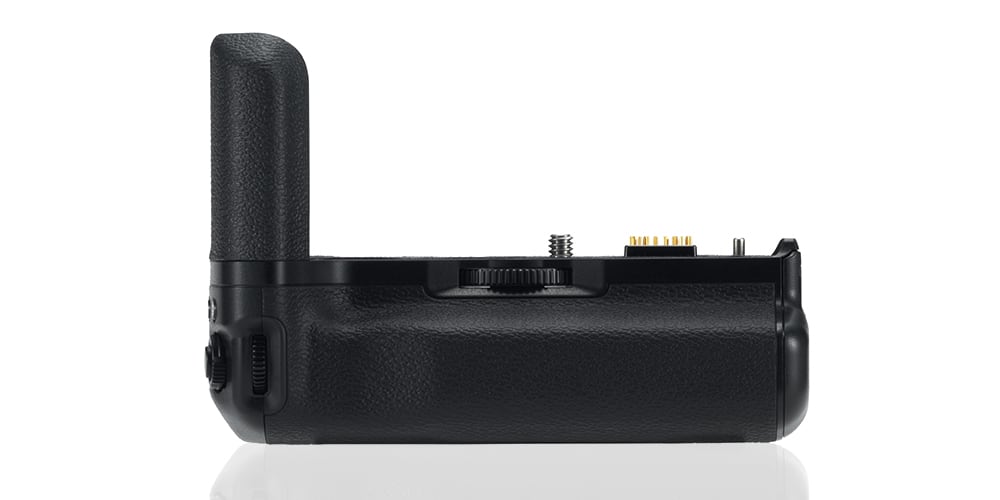
This Vertical Battery Grip is dust and water resistant, and is capable of operating at temperatures as low as -10°C. It houses two batteries, bringing the total number of batteries to three (including the one in the camera body). This increases the maximum number of frames that can be taken per charge to approximately 1,100 (in Normal mode). The camera does not need to suspend its operation to switch to a new battery, even during continuous shooting or video recording.
Main features
– The grip features a variety of buttons to provide the same level of operability when shooting vertically, as you’d expect when shooting horizontally.
– Charge batteries within the VPB-XT3 by using the supplied AC adapter (AC-9VS). You can fully charge two batteries at the same time in approximately two hours.
Key Features: Fujifilm X-T3 Digital Camera Body – Black
- New back-illuminated 26.1MP X-Trans CMOS 4 APS-C sensor
- New X-Processor 4 image processing engine
- 4K/60P 4:2:0 10bit internal SD card recording
- Full HD 1080/120p slow motion recording
- Dramatically improved AF performance (1.5x faster)
- ISO160-12800 (extendable from ISO 80 to 51200)
- Features Fujifilm’s Colour Chrome Effect found in the GFX50S
- 30 fps continuous shooting in 1.25x crop ‘Sports Finder’ mode (electronic shutter)
- 20 fps continuous shooting at full resolution with AF (electronic shutter); 11 fps mechanical shutter (without grip)
- 3.69-million-dot high resolution EVF (100% coverage)
- 3.0″ 1.04 million dot 3-directional tilting touch screen LCD monitor (100% coverage)
- New Sports Finder mode and New Pre-Shoot function
- Dual SD card slots

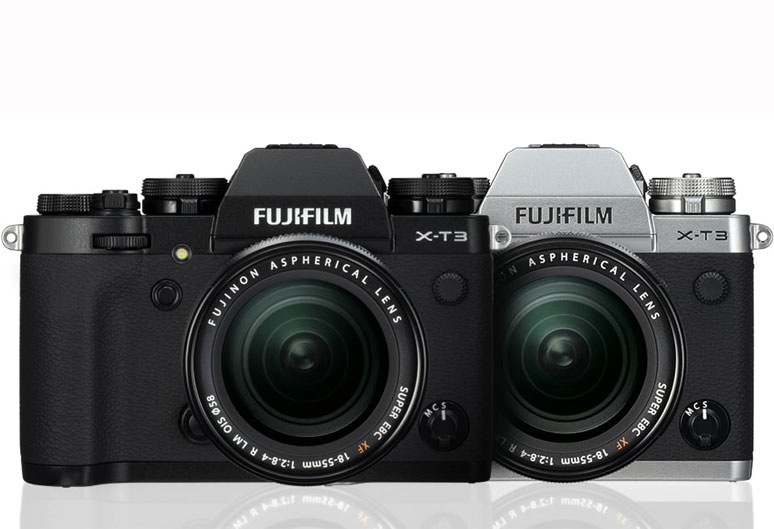
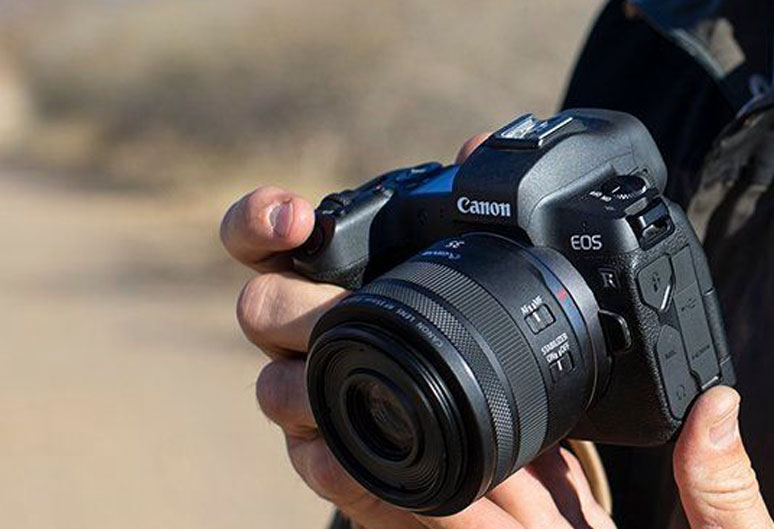
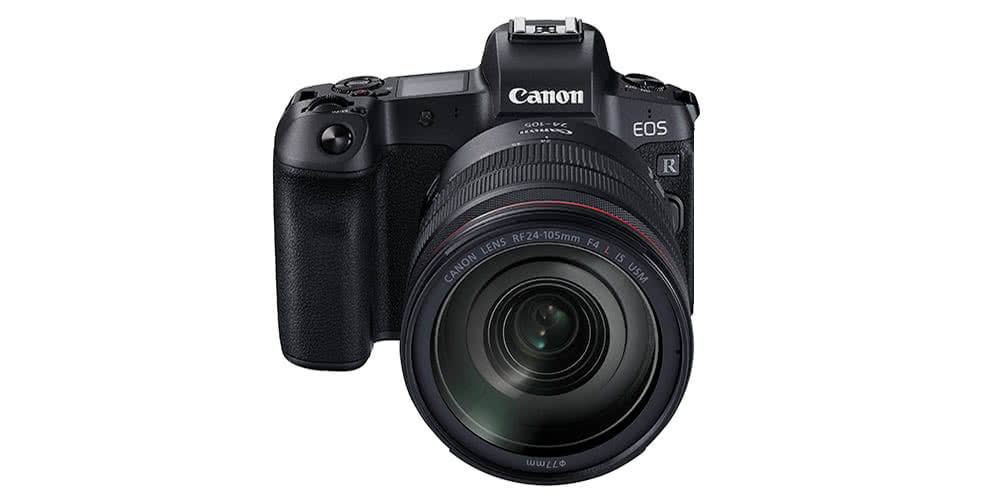
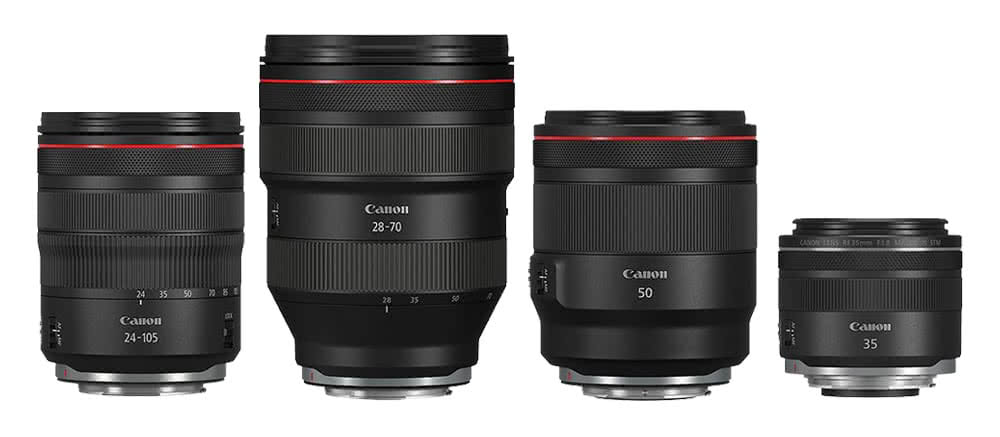
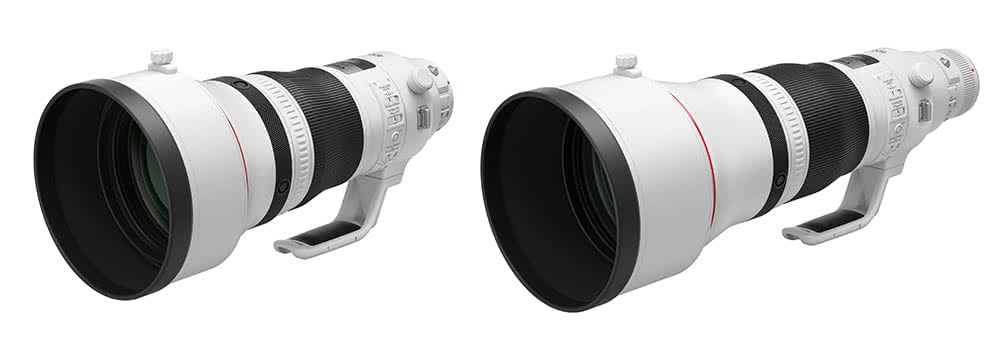
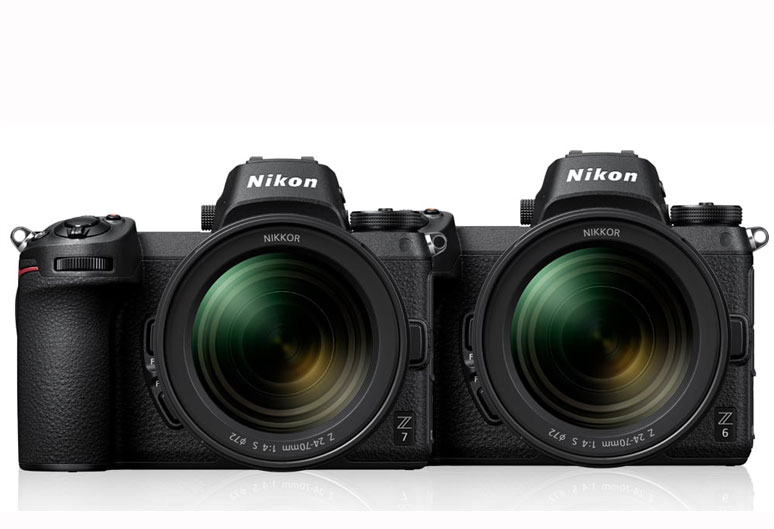
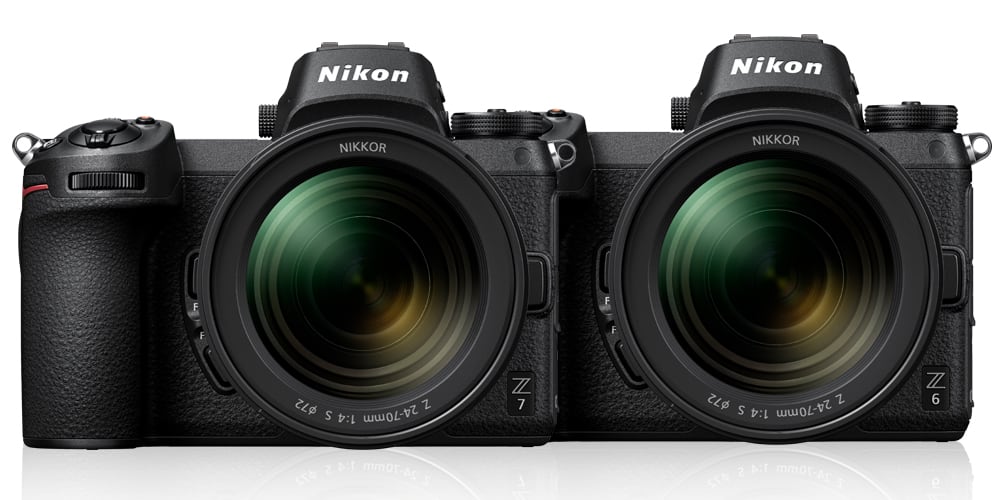 The Z mount system is comprised of mirrorless cameras featuring a new, larger-diameter mount, as well as compatible NIKKOR lenses and accessories. This system has been realised through the pursuit of a new dimension in optical performance. It has inherited Nikon’s tradition of quality, superior imaging technology, great operability, and high reliability, all innovated from its digital SLR cameras.
The Z mount system is comprised of mirrorless cameras featuring a new, larger-diameter mount, as well as compatible NIKKOR lenses and accessories. This system has been realised through the pursuit of a new dimension in optical performance. It has inherited Nikon’s tradition of quality, superior imaging technology, great operability, and high reliability, all innovated from its digital SLR cameras.